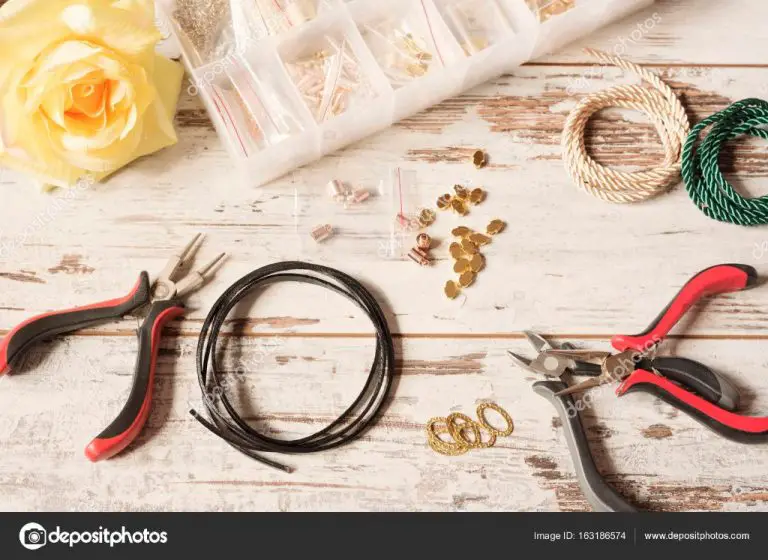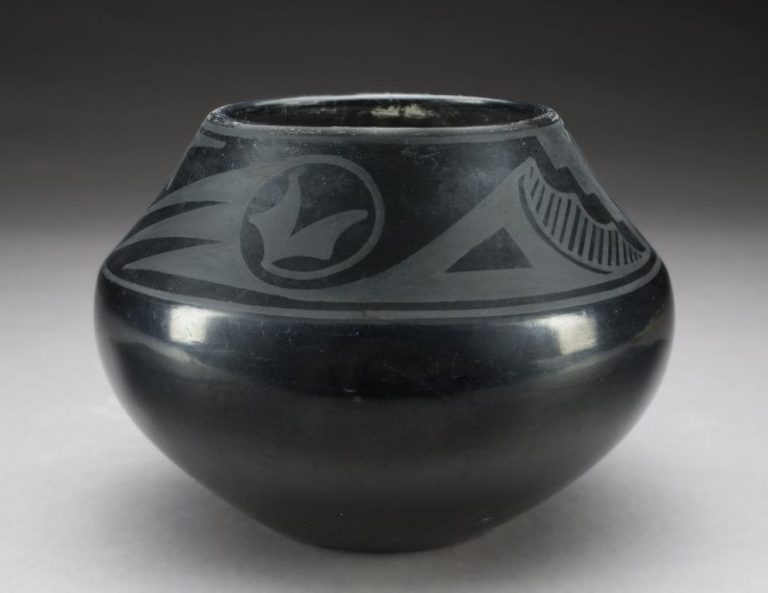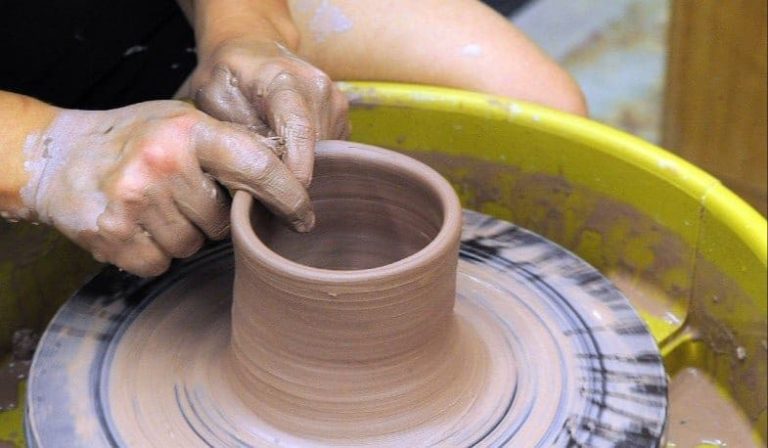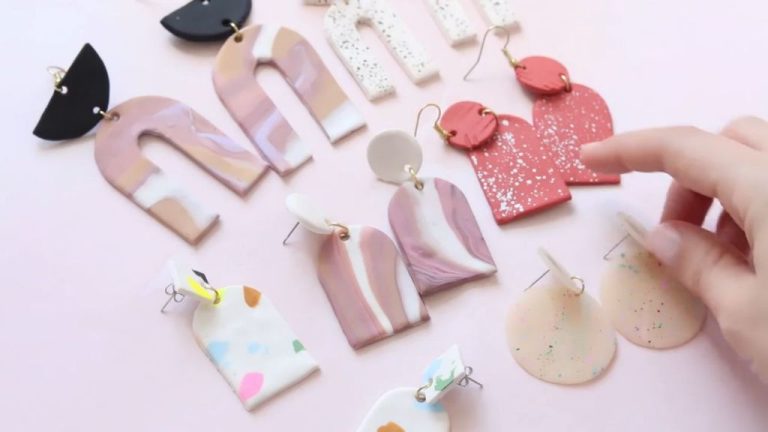Did The Southwest Make Pottery?
Pottery making has a rich history in the American Southwest, dating back over 2,000 years. The dry climate and availability of clay in the region provided ideal conditions for the development of pottery among cultures like the Ancestral Puebloans, Mogollon, Hohokam, and others. These groups crafted beautiful vessels used in cooking, storage, and rituals. Techniques like coiling and firing allowed early Southwesterners to produce sturdy, decorative pots. Over hundreds of generations, distinctive regional styles emerged as potters innovated new shapes, painted designs, and methods. Today, the legacy of Southwestern pottery lives on among Native artists who uphold traditional practices and create new works of art.
The Southwest is acknowledged as one of the few places in North America where pottery production developed independently, without influence from other regions. The archaeological record shows the continuous use and evolution of pottery technology from the first millennium BCE to modern times. Tracking changes in materials, vessel forms, surface decoration and use provides insights into the cultures that called this arid region home ([1]). From plain brown cooking jars to ornately painted wedding vases, pottery remains an important marker of identity and tradition for Southwestern Indigenous peoples today.
[1] https://collections.gilcrease.org/pottery-southwest
Ancestral Puebloan Pottery
Pottery was an important part of the culture and everyday life of the Ancestral Puebloans, native peoples of the Southwestern United States. Ancestral Puebloan pottery dates back to approximately 2000 BCE when early Puebloans began crafting vessels from clay found in the surrounding regions of the Four Corners area where they lived. The traditional methods for making pottery involved gathering and preparing the clay, forming the vessels using the coil technique, scraping and smoothing the surfaces, applying an earth-based slip, and firing the pottery. Common vessels produced included jars, bowls, pitchers, and ladles in shapes and styles distinct to each Puebloan culture.
Early Ancestral Puebloan pottery pieces from approximately 2000 BCE to 500 CE were often plain gray wares with simple scraped decorations. However, beginning in the Pueblo I Period from 700–900 CE, Puebloan pottery became more diverse and innovative with the addition of black and white painted designs, corrugated textures, and engraved decorations. The Pueblo II (900–1150 CE) and Pueblo III (1150–1300 CE) periods saw further advancements as pottery took on more elaborate painted geometrical patterns, life forms, and intricately hatched designs. Popular techniques included using mineral paints for black and white decoration and a red slip made from iron-rich clays for orange hues. Ancestral Puebloan pottery reached its peak during the Pueblo IV Period from 1300–1600 CE as they mastered a variety of paints, slips, firing methods, and decorative techniques.
Pottery was essential for cooking, storing food and water, and carrying out ceremonies and rituals. The variety of vessels produced reflects the everyday uses from cooking pots and mugs to serving bowls and pitchers. Ancestral Puebloan pottery was also widely traded as the non-local clays and decorative designs found at archaeological sites indicate a robust network of exchange between Puebloan groups. The traditional methods and artistic styles of Ancestral Puebloan pottery continue to be passed down between generations of Pueblo artists today.
Common Ancestral Puebloan Vessels
The ancestral Puebloan people created a variety of vessel forms that were commonly used in their daily lives. Some of the most prevalent vessels found at archaeological sites include painted bowls, ladles, and jars.
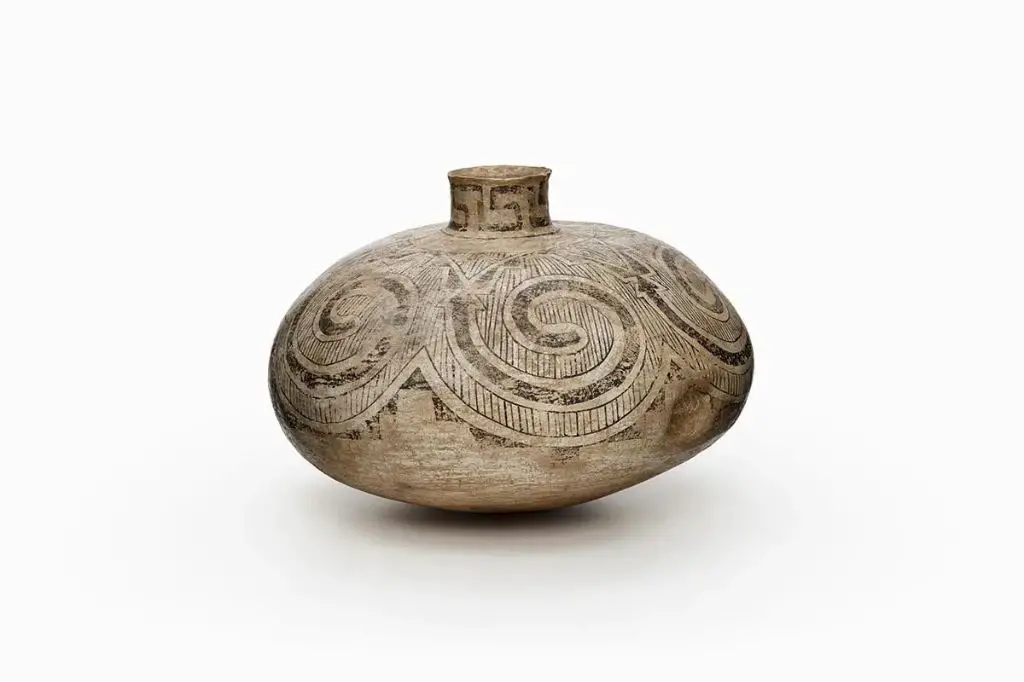
Painted bowls were a very common pottery form, used for serving food and holding liquids. They came in various sizes, from small individual bowls to larger serving bowls. Bowls were often painted with geometric designs in black on white slip. Common motifs included triangles, squares, checkerboards, and stepped patterns [1].
Ladles or scoops were used for serving stews and soups. They had a round bowl attached to a long handled stick. Ladles were frequently painted, sometimes just having a simple banded design around the rim. Other times they exhibited more elaborate paintings like those seen on bowls [2].
Jars were made in various sizes for storing grains, vegetables, and liquids. The openings were often small to prevent spillage. Decorations on jars included painted geometric designs, banded patterns, and corrugated textures [3].
Decorative Techniques
The ancestral Puebloan peoples used various decorative techniques to embellish their pottery vessels. Two of the most common methods were painting and incising patterns.
Painting was done using mineral and plant-based pigments like iron oxides for red, manganese and beeplant for black, and kaolin clay for white. Paints were applied with brushes made of yucca fibers. Designs included geometric patterns like lines, triangles, dots, and spirals in red, black, and white.
Incising patterns involved etching lines and shapes into the surface of the vessel before firing. Ancestral Puebloans used tools made of wood, bone, or stone to carve fine line designs. Common motifs were zigzags, spirals, diamond chains, and hatching.
These decorative techniques not only produced visually striking vessels, but also served social and cultural purposes. The painted symbols and patterns carried meaning for their makers and owners.
Everyday Uses
Ancestral Puebloan pottery served many important everyday functions in Puebloan life.
Cooking was one of the primary uses. Pots and bowls made of clay were essential for boiling, frying, baking, and storing food. According to the National Park Service, Puebloan cooks used ceramic vessels for cooking beans, corn, squash, meat, and other ingredients over indoor hearths as well as in outdoor pithouses.
Pottery was also vital for storage. The ancestral Puebloans used ceramic jars, bowls, and pitchers to hold water, grains, seeds, and other foods for later use. Storage vessels helped enable agriculture and food preservation in the arid climate of the Southwest.
In addition, pottery of all shapes and sizes was used for serving food and water. Everyday meals would have utilized ceramic plates, mugs, ladles, and pitchers at the table. Larger serving vessels were used to distribute food at community events.
Overall, pottery was an essential part of daily life. From cooking to storage to serving, clay vessels enabled the ancestral Pueblo people to store, prepare, and consume the foods that sustained their communities.
Trading Pottery
Pottery played an important role in trade between the ancestral Puebloan people and neighboring tribes. The Puebloans produced high quality painted vessels that were prized by other groups. According to the National Park Service, “Locally produced items including pottery, obsidian, woven goods, corn, and piñon nuts were traded for turquoise, salt, seashells, and colorful macaw feathers.” (1) Pottery provided the Puebloans with valuable goods to barter and exchange with other tribes.
Pottery vessels were commonly traded westward to the Hohokam culture in Arizona. The intricate red-on-buff pottery of the Puebloans was exchanged for luxury goods from Mesoamerica that made their way north via Hohokam trade routes. Seashells from the Gulf of California and parrot feathers from tropical rainforests were brought back to Puebloan villages as a result of this pottery trade. (2)
Trading networks allowed pottery designs and techniques to spread between different cultures. Archaeology shows that Puebloan pottery influenced Hohokam vessels, while the Hohokams shared their shell ornamentation and pyroengraving methods with the Puebloans. Interaction through trade helped shape the distinctive styles of Southwestern pottery.
Hohokam Pottery
The Hohokam culture emerged around 300 BCE in what is now central and southern Arizona. They were the earliest inhabitants of the area to make fired pottery.
Hohokam potters used locally available clay, shaping it into vessels by coiling rings of clay one on top of another. Once the vessels were formed, they were polished with a smooth stone. The pottery was often painted with a red slip made from iron-rich clay. Common vessel forms included jars, bowls, ladles, and effigy forms depicting animals or humans (1).
Hohokam pottery designs were relatively simple compared to later Southwestern cultures. The most common decoration technique was incising lines and geometric patterns on the vessel exterior. Painted designs were also common, with bold red geometric patterns painted on buff or gray clay. Over time, Hohokam potters adopted techniques like stamping, corrugation, and embossing for textural interest. While their early work was utilitarian, they later created more intricate polychrome vessels. By 1300 CE, their pottery exhibited sophisticated polished surfaces and precision-painted designs.
Hohokam pottery was an important trade item and has been found throughout the Southwest. Today, intact examples of Hohokam vessels are housed in museums like the Hohokam Museum and Pueblo Grande Museum in Arizona (1)(2).
Mimbres Pottery
The Mimbres people lived in southwestern New Mexico from around 200-1200 CE. They are best known for their beautifully painted pottery bowls featuring stylized black figures on a white background. This black-on-white style emerged around 1000 CE and was perfected by Mimbres potters over the next two centuries. The fine line paintings often depict daily life, rituals, animals, and spiritual imagery like kokopelli figures.
Mimbres bowls were not just decorative but also served important functions. The small, lightweight bowls could be easily carried, making them useful for trading and sharing food at large gatherings. Their portability reflects the seasonal mobility of Mimbres groups who moved between permanent winter pueblos and temporary summer camps. The bowls may have also played a role in rituals and ceremonies.
Many intact Mimbres painted bowls have been recovered from underground chamber tombs, placed there purposefully with burials. This suggests the bowls held spiritual significance and were believed to aid the passage to the afterlife. The act of breaking some vessels before interring them also held ritual meaning. Though beautiful works of art, the bowls were clearly more than decorative items for the Mimbres people who created them.
Sources:
https://quizlet.com/690870010/quiz-3-flash-cards/
Hopi Pottery
The Hopi people of northeastern Arizona are believed to be direct descendants of the original Pueblo peoples and are considered to have the oldest continuing pottery traditions in the Southwest (Hopi and Hopi-Tewa Pottery (Plateau, Vol 49 No 3)). Their pottery first emerged around 500-700 CE during the Basketmaker III period. Typical Hopi pottery vessels include bowls, jars, and earthenware made from local clays and decorated with painted geometric designs using mineral and plant-based paints.
Like other Puebloan peoples, Hopi pottery was an essential part of daily life used for food preparation, storage, and religious ceremonies. However, it also held an important role in Hopi culture as sacred objects used in katsina dances and other rituals. Certain Hopi clans and families specialize in pottery production, with skills and knowledge passing from mother to daughter. Each Hopi village tends to have distinct styles and techniques.
Today, Hopi pottery remains an important cultural tradition. Contemporary Hopi potters blend classic and innovative motifs and techniques, creating a diverse range of pottery from the traditional to modern. Their work reflects the enduring culture and lifeways of the Hopi people. As Hopi and Hopi-Tewa Pottery notes, “Hopi pottery as we know it today connects us to the past but also propels Hopi culture forward.”
Conclusion
In summary, pottery has played a vital role in the cultures of Native American tribes in the Southwest for nearly 2,000 years. Evidence of early pottery artifacts dates back to around 200 CE, with the development of basic brownware vessels by Ancestral Puebloans. Over centuries, techniques advanced to include painted decorations, carved designs, and innovative firing methods that hardened vessels. Common forms like ollas for storing water, bowls for serving food, and ladles for portioning emerged for everyday use.
Beyond its practical functions, pottery took on cultural and spiritual significance. Unique regional styles reflected local materials and artistic sensibilities. Trading networks distributed wares across vast distances. Symbolism and imagery connected many pieces to fertility, rain, and Puebloan traditions. The legacy of exquisite Native American pottery production continues today, representing an unbroken bond between people and the earth.

